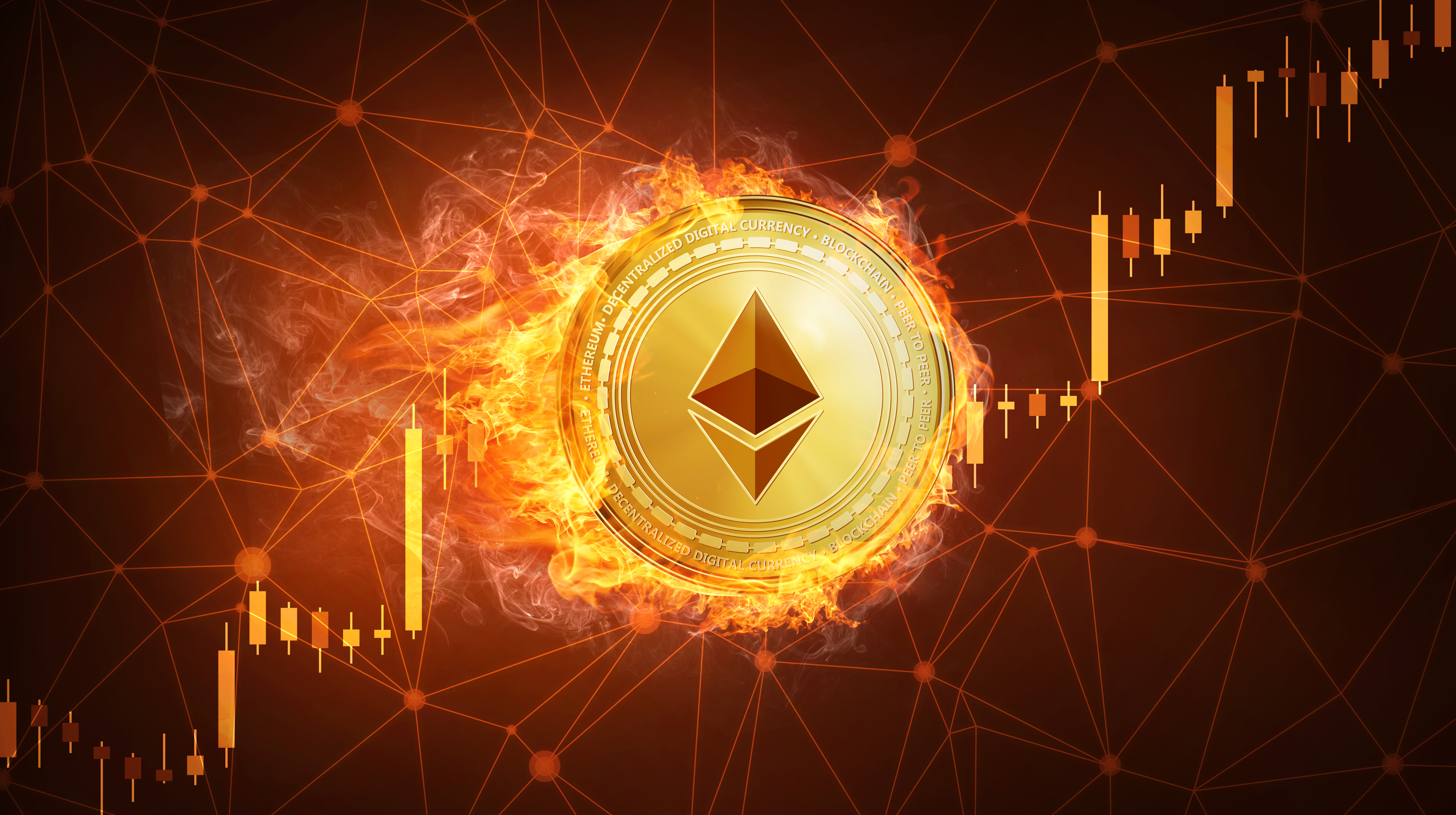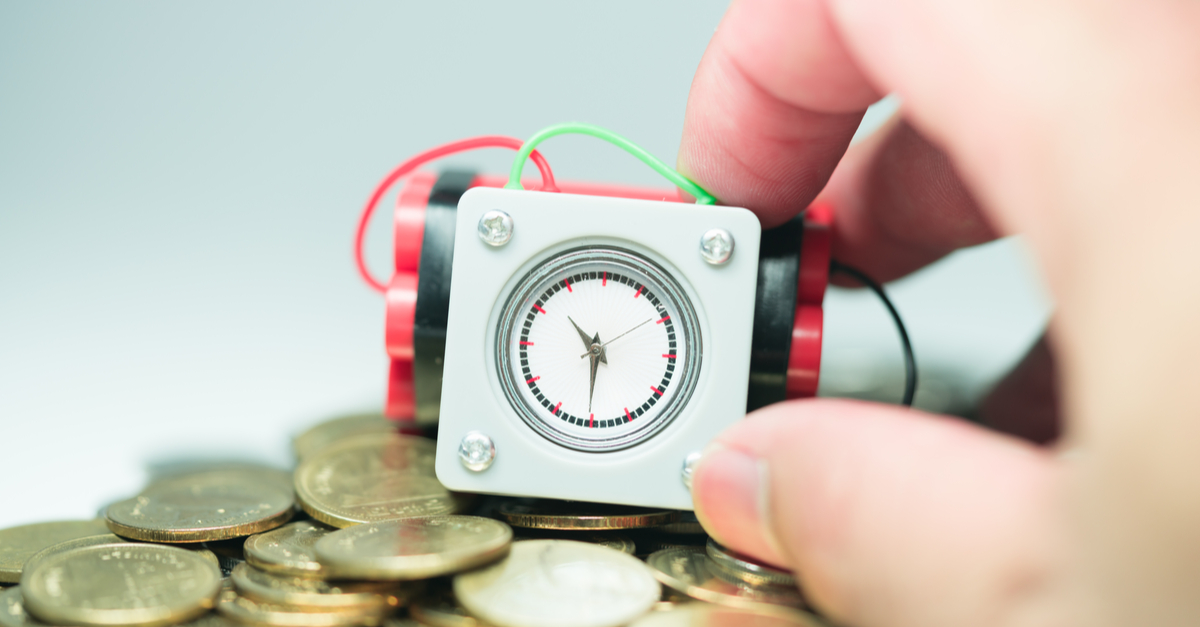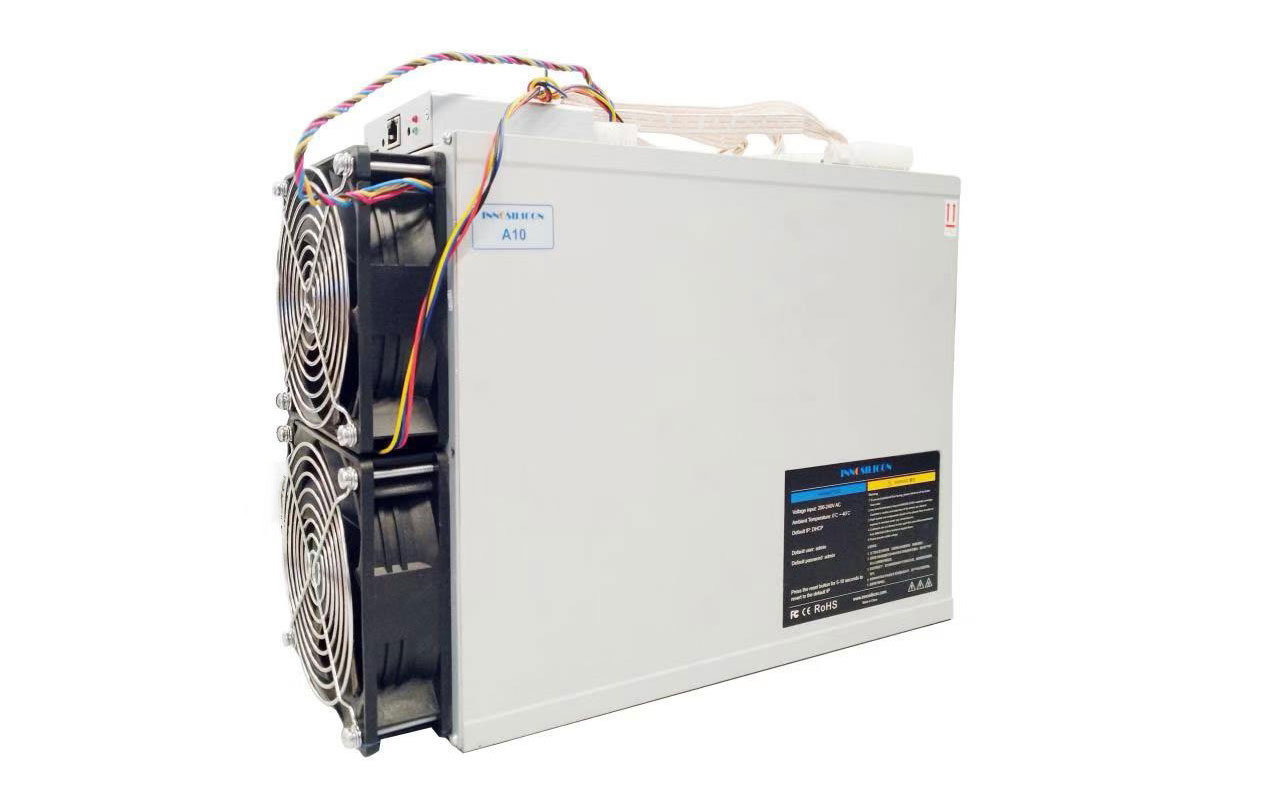Mining GPUs Benchmarked
Mining GPUs still promise potential coins to be mined
Editorial Note: This article is a legacy piece that we have retained for historical purposes. Please note that the advice provided below was accurate as of 2021; therefore, it is now outdated.
Is it worth getting into the whole cryptocurrency craze? Bitcoin and Ethereum mining have been making headlines again, as prices and mining profitability were way up compared to the last couple of years. Everyone who didn't start mining last time is kicking themselves for their lack of foresight. Not surprisingly, the best graphics cards and those chips at the top of our GPU benchmarks hierarchy end up being very good options for mining as well. How good? That's what we're here to discuss, and we've got hard numbers on hashing performance, prices, power, and more.
We periodically update this article, at least the main table showing potential profits and pricing. The latest update uses pricing data from the month of January 2022, combined with current Ethereum prices.
Note: These numbers are no longer up to date, but the current potential profits have taken a nosedive, right alongside the cryptocurrency prices. Bitcoin and Ethereum have both lost over half their value since the start of 2022 — Ethereum is down over 60% since January 1, 2022. Do your own calculations as needed, but there's a reason we've recommended caution since we created this article in 2021.
We're not here to encourage people to start mining, and we're definitely not suggesting you should mortgage your house or take out a big loan to try and become the next big mining sensation. Mostly, we're looking at the data based on current market conditions. Predicting where cryptocurrencies will go next is even more difficult than predicting the weather, politics, or the next big meme. If you don't already have the hardware required to get started on mining today (or really, about eight months ago), you're late to the party. Like the old gold rush, the ones most likely to strike it rich are those selling equipment to the miners rather than the miners themselves.
If you've looked for a new or used graphics card lately, the current going prices probably caused at least a raised eyebrow, maybe even three! Our GPU pricing index has additional details, but the market had a perfect storm of pandemic induced shortages and increased demand, and mining only made a bad situation worse. We've heard from people who have said, in effect, "I figured with the Ampere and RDNA2 launches, it was finally time to retire my old GTX 1070/1080 or RX Vega 56/64. Then I looked at prices and realized my old card is selling for as much as I paid over three years ago!" They're not wrong. Pascal and Vega cards from three or four years ago are currently selling at close to their original launch prices — sometimes more. If you've got an old graphics card sitting around, you might even consider selling it yourself (though finding a replacement could prove difficult).
The good news for those not interested in mining is that profitability has dropped, and GPU prices followed suit (to a lesser degree). Now more than ever, we strongly discourage people from trying to strike it rich with crypto mining. Even with reduced GPU prices, the best-case scenario right now requires more than a full year of 24/7 mining just to break even. Ethereum should make the switch to proof of stake some time before July (maybe), plus there's the environmental cost to consider. But the cryptocurrency market is nothing if not extremely volatile, and many are willing to take a risk now in hopes of scoring a big payoff later.
Ultimately, we know many gamers and PC enthusiasts are upset at the lack of availability for graphics cards, but we cover all aspects of PC hardware — not just gaming. We've looked at GPU mining many times over the years, including back in 2011, 2014, and 2017. Those are all times when the price of Bitcoin shot up, driving interest and demand. 2021 is just the latest in the crypto coin mining cycle.
The only prediction we're willing to make is a lovely tautology: Prices on Bitcoin and Ethereum will change in the months and years ahead — sometimes up, and sometimes down. And just like we've seen so many times before, the impact on graphics card pricing and availability will continue to exist. You should also be aware that, based on past personal experience that some of us have running consumer graphics cards 24/7, it is absolutely possible to burn out the fans, VRMs, or other elements on your card. Proceed at your own risk.
Mining GPUs Benchmarked
Why you can trust Tom's Hardware
With that preamble out of the way, let's get to the main point: What are the top mining GPUs? This is somewhat on a theoretical level, as you can't actually buy the cards at retail for the most part, but we have a solution for that as well. We're going to use eBay pricing — on sold listings — taken from our GPU pricing index. How much can you make by mining Ethereum with a graphics card, and how long will it take to recover the cost of the card using the currently inflated eBay prices? Let's take a look.
For this chart, we've used the current difficulty combined with the average price of Ethereum over the past week — because nothing else is coming close to Ethereum for GPU mining profitability right now. We've tested all of these GPUs on our standard test PC, which uses a Core i9-9900K, MSI MEG Z390 ACE motherboard, 2x16GB Corsair DDR4-3600 RAM, a 2TB XPG M.2 SSD, and a SeaSonic 850W 80 Plus Platinum certified PSU.
We've optimized Ethereum mining performance, with an eye toward minimizing power consumption while maximizing hash rates. Also note that we're using real-world in-line power measurements for the GPUs, collected using our Powenetics hardware and software solution, so our power figures are not relying on software data, which can be off by anywhere from a few watts to over 50W, depending on the GPU.
Finally, we’ve used $0.10 per kWh for power costs, which is much lower than some areas of the world but also higher than others. Taking the hash rate and current difficulty, we subtract the power cost to come up with daily profits. Then we used the approximate eBay price divided by the current daily profits to come up with a time to repay the cost of the graphics card. The following table is sorted by time to break even (assuming price and difficulty don't change, which they absolutely will).
| GPU | Avg. eBay Price (Jan 2022) | Mining Performance | Mining Power | Daily Profit | Days to Break Even |
|---|---|---|---|---|---|
| GeForce GTX 1060 6GB | $300 | 25 | 90 | $0.76 | 393 |
| Radeon RX 570 8GB | $357 | 29.8 | 130 | $0.85 | 418 |
| GeForce GTX 1080 | $457 | 36.1 | 138 | $1.08 | 422 |
| GeForce GTX 1070 | $368 | 29.2 | 114 | $0.87 | 423 |
| Radeon RX 5600 XT | $543 | 39.6 | 115 | $1.27 | 426 |
| Radeon RX 5500 XT 8GB | $365 | 26.3 | 81 | $0.84 | 437 |
| GeForce RTX 3060 | $711 | 48.6 | 118 | $1.62 | 439 |
| GeForce RTX 3060 Ti | $923 | 60.6 | 116 | $2.09 | 441 |
| Radeon RX 5700 XT | $810 | 53.8 | 125 | $1.81 | 449 |
| Radeon RX 580 8GB | $389 | 30.3 | 135 | $0.86 | 451 |
| GeForce RTX 2060 Super | $640 | 43.7 | 129 | $1.40 | 457 |
| GeForce RTX 2070 | $643 | 43.8 | 130 | $1.40 | 458 |
| Radeon RX 5700 | $794 | 52.3 | 133 | $1.73 | 459 |
| GeForce GTX 1660 Ti | $459 | 29.7 | 73 | $0.99 | 465 |
| GeForce GTX 1070 Ti | $431 | 31.2 | 124 | $0.92 | 467 |
| Radeon RX 590 | $410 | 30.8 | 138 | $0.87 | 469 |
| GeForce GTX 1660 | $401 | 25.3 | 70 | $0.82 | 488 |
| GeForce GTX 1660 Super | $498 | 30.2 | 75 | $1.00 | 497 |
| GeForce RTX 2060 | $518 | 33 | 105 | $1.04 | 498 |
| GeForce RTX 2070 Super | $704 | 43.9 | 128 | $1.41 | 499 |
| GeForce GTX 1080 Ti | $658 | 44.7 | 187 | $1.30 | 506 |
| GeForce RTX 3080 | $1,613 | 94 | 220 | $3.15 | 512 |
| GeForce RTX 3070 | $1,086 | 61.3 | 123 | $2.10 | 516 |
| GeForce RTX 2080 | $751 | 43.8 | 119 | $1.43 | 526 |
| Radeon RX Vega 64 | $647 | 45.5 | 234 | $1.22 | 531 |
| Radeon RX 6800 | $1,150 | 64.5 | 166 | $2.13 | 541 |
| Radeon VII | $1,517 | 85.6 | 231 | $2.80 | 542 |
| Radeon RX 6700 XT | $847 | 47.1 | 120 | $1.56 | 544 |
| Radeon RX Vega 56 | $636 | 40.2 | 174 | $1.16 | 550 |
| Radeon RX 6600 | $516 | 28.5 | 75 | $0.94 | 552 |
| Radeon RX 6600 XT | $610 | 32.3 | 75 | $1.08 | 563 |
| GeForce RTX 2080 Super | $824 | 43.9 | 124 | $1.42 | 580 |
| GeForce RTX 2080 Ti | $1,127 | 60.1 | 180 | $1.92 | 587 |
| GeForce RTX 3060 Ti LHR | $844 | 42.4 | 114 | $1.39 | 609 |
| Radeon RX 6800 XT | $1,269 | 64.6 | 186 | $2.08 | 609 |
| GeForce RTX 3060 LHR | $657 | 34 | 110 | $1.07 | 616 |
| GeForce RTX 3090 | $2,609 | 115 | 285 | $3.82 | 683 |
| GeForce RTX 3070 LHR | $995 | 42.9 | 120 | $1.39 | 715 |
| GeForce RTX 3070 Ti LHR | $1,179 | 51 | 155 | $1.62 | 726 |
| Radeon RX 6900 XT | $1,528 | 64.6 | 183 | $2.09 | 731 |
| GeForce RTX 3080 LHR | $1,535 | 65.8 | 215 | $2.06 | 745 |
| GeForce RTX 3050 LHR | $539 | 23 | 75 | $0.72 | 748 |
| GeForce RTX 3080 Ti LHR | $1,874 | 77 | 220 | $2.49 | 754 |
Last time we updated this list, the best-case scenario for breaking even required as little as 160 days. With the decrease in Ethereum prices combined with the increase in mining difficulty, at current rates your best bet would be just over a year to break even — which will of course change, because cryptocurrencies are nothing if not volatile.
Keep in mind that Ethereum is still supposed to transition to proof of stake (i.e., no mining) sometime in the first half of 2022. That transition has been delayed a couple of years now, though, so who knows when or even if it will ever happen? Six months from now we could see substantially lower profitability, if GPU miners are forced to find alternatives to Ethereum. Miners likely hope that some other coin will take off and replace Ethereum, but that's yet another gamble.
Older GPUs like the GTX 10-series and RX 500/5000-series continue to top our list, though the RTX 3060 and 3060 Ti (non-LHR) come in 7th and 8th place overall. Also note that finding some of the older model cards in sufficient quantities may be more difficult, and running multiple GPUs off a single PC requires PCIe riser cards and other extras that add to the total cost. Not surprisingly, Nvidia's LHR model cards tend to do far worse overall.
Break-even times currently range from just under 400 days to as much as 750 days, depending on the GPU. Unless the current Ethereum pricing trend reverses, you can expect it to take even longer, especially when you factor in the other hardware you'd need. There's also a real risk of graphics cards failing within two years when they're mining 24/7.
Note that the power figures for all GPUs are before taking PSU efficiency into account. For pure graphics card power, you should divide the numbers in the table by your PSU's efficiency rating (e.g., RTX 3080 measured 220W, and with a 90% efficient PSU it would actually use 245W).
We also don't include the rest of the PC, meaning the CPU, motherboard, and other components. For the RTX 3080 as an example, total wall outlet power for a single GPU on our test PC is about 60W more than what we've listed in the chart. If you're running multiple GPUs off a single PC, total waste power would be somewhat lower, though it really doesn't impact things that much. If you take the worst-case scenario and add 60W to every GPU, the time to break even increases by 20–30 days.
It's also fair to say that our test results are not representative of all graphics cards of a particular model. VBIOS mods may help (use at your own risk), and some models simply run better and faster. RTX 3090 and RTX 3080 can run high GDDR6X temperatures on some cards but much lower temps on others. The 3090 can potentially do 120-125MH/s, or example, though that's still nearly two years to break even.
[That's it for the new material. Most of the remainder of the article hasn't been touched since around July 2021, though we did tweak a few of the prices and break-even time estimates.]
The problem is that the above table has no way of predicting the price of Ethereum, other coins, or mining difficulty. Guessing at the price is like guessing at the value of any other commodity: It can go up or down at a moment's notice, and Ethereum, Bitcoin, and other cryptocurrencies are generally more volatile than even the most volatile of stocks. On the other hand, mining difficulty tends to increase over time and only goes down when people stop mining (like with the China mining crackdown), as the difficulty is directly tied to the network hash rate (i.e., how many GPUs, ASICs, etc. are mining that coin).
The above is something of a best-case scenario for when you'd break even on the cost of a GPU. Actually, that's not true. The best-case scenario (for miners) is that the price of Ethereum doubles or triples or whatever, and then everyone holding Ethereum makes a bunch of money. Until people start to cash out and the price drops, triggering panic sells and a plummeting price. That happened in 2018 with Ethereum, and it's happened at least three times during the history of Bitcoin. Like we said: volatile.
Still, there are obviously plenty of people who believe in the potential of Ethereum, Bitcoin, and blockchain technologies. Even at today's inflated GPU prices with mining profitability slumping, some people are likely still making a go at mining. At least if the value of the coins drops, you still have the hardware that's at least worth something (provided the card doesn't prematurely die due to heavy mining use). That means, despite the overall rankings (in terms of time to break even), you're generally better off buying newer hardware if possible.
Mining GPUs
Our table above includes 'current' eBay pricing estimates and the associated profitability. Even when profitability drops, GPU prices tend to take longer to come down. There's also a balance between time to break even and daily potential profits, but at this point we strongly advise against anyone investing more money into GPU mining.
Okay, sure, you can try to get ahead of the next wave, whenever that happens (if that happens). For those still interested, we've considered the options and come up with this list of the mining GPUs for Ethereum right now — things can change rapidly based on pricing and availability, not to mention the valuation of Ethereum and Bitcoin.
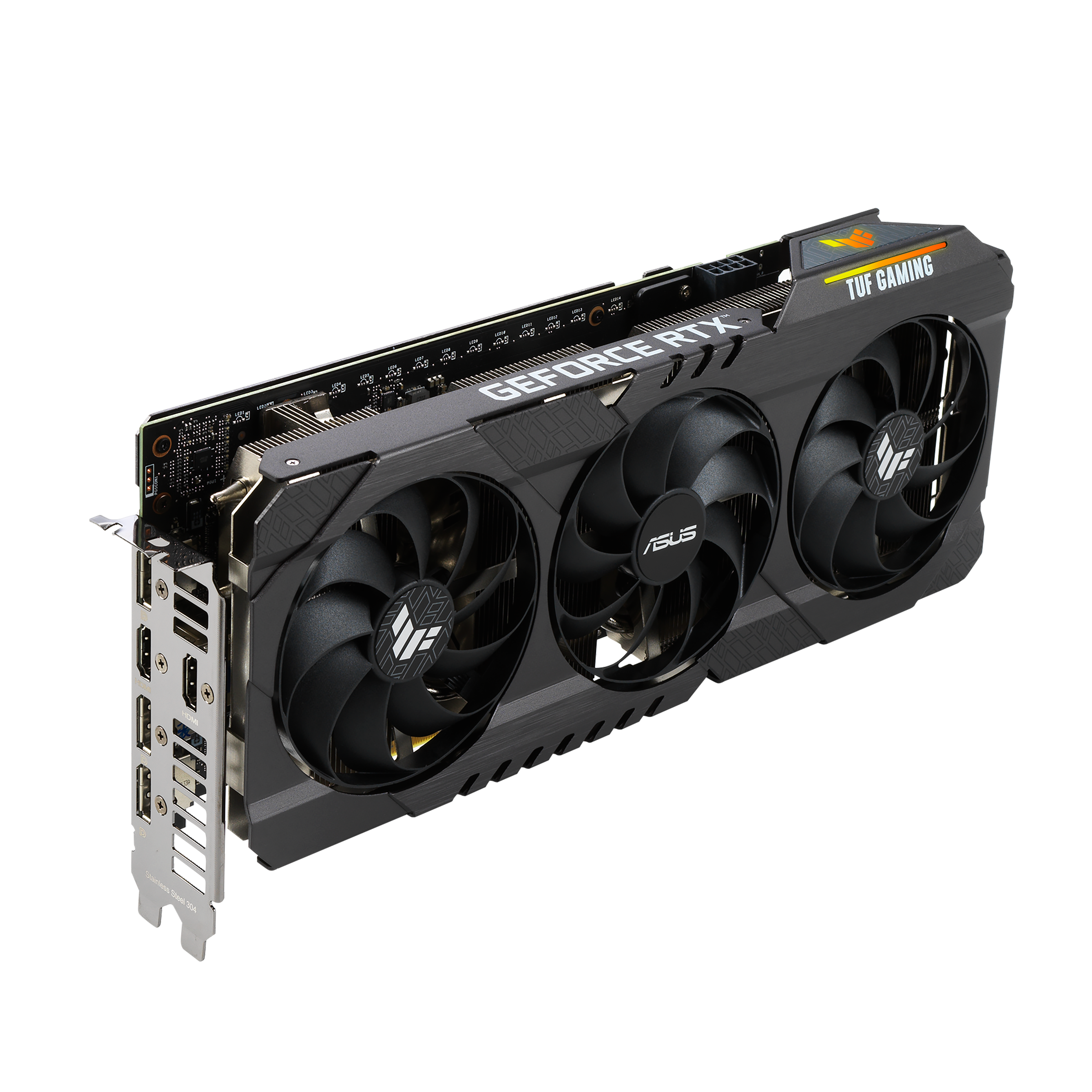
GeForce RTX 3060 Ti: After tuning, this is one of the most efficient GPU for Ethereum right now, using under 120W while breaking 60MH/s. Make sure you get one of the non-LHR models, though, or mining profitability with Ethereum is a lot lower. The GeForce RTX 3060 is also worth a look, provided you can find one of the earlier models where the LHR lock was accidentally broken (with older drivers) for a good price.
Radeon RX 5600 XT: AMD's previous generation Navi GPUs are very good at mining, and the 5600 XT can hit about 40MH/s while using about 115W of power. The RX 5500 XT 8GB might also be worth considering, depending on the price. Mining performance is lower but efficiency and break-even time are basically the same as the 5600 XT.
GeForce RTX 2060 Super: Ethereum mining needs a lot of memory bandwidth, and all of the RTX 20-series GPUs with 8GB end up at around 44MH/s and 130W of power, meaning you should buy whichever is cheapest. That's usually the RTX 2060 Super, or maybe the older RTX 2070.
Radeon RX 570 8GB: All the Polaris GPUs with 8GB of GDDR5 memory (including the RX 590, RX 580 8GB, RX 570 8GB, RX 480 8GB, and RX 470 8GB) end up with relatively similar performance, depending on how well your card's memory overclocks. The RX 570 is currently the cheapest (theoretically), but it's not as readily available as some other GPUs, so look for any of the other Polaris 10/20 GPUs. Just don't get the 4GB models!
GeForce GTX 1060 6GB: Mining performance is lower than the RX 570 8GB, but power is well under 100W in our testing after tuning. Of course these could be five years old cards by this point, and buying a used graphics card presents some obvious risks!
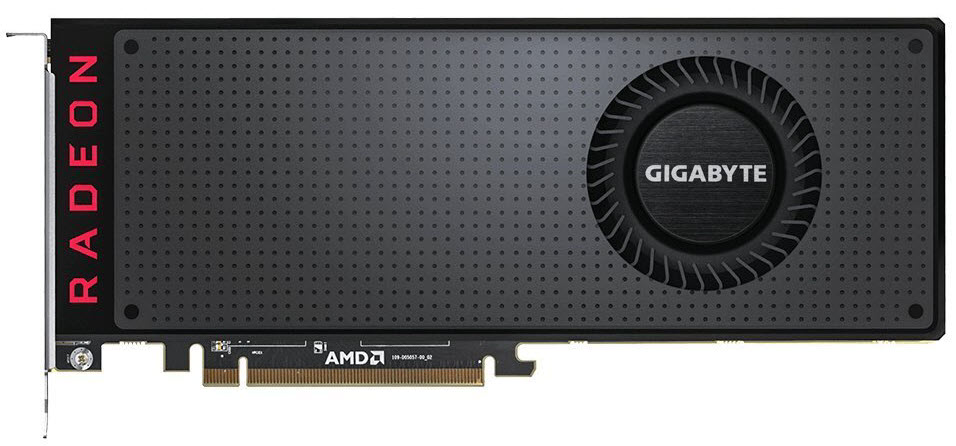
Radeon RX Vega 56/64: Overall performance is good, and some cards can perform much better — our reference models used for testing are more of a worst-case choice for most of the GPUs. After tuning, some Vega cards might even hit 45-50MH/s, which would put this higher up the chart. Try to find a card for under $500, though.
Radeon RX 6800: Big Navi is potent when it comes to hashing, and all of the cards we've tested hit similar hash rates of around 65MH/s and 170W power use. The RX 6800 is generally cheaper than the others and used a bit less power, making it the clear winner. Plus, when you're not mining, it's a very capable gaming GPU.
GeForce RTX 3090: This is the fastest graphics card right now, for mining and gaming purposes, and it's the only Nvidia Ampere GPU that won't be replaced by an LHR equivalent. The time to break even is pretty bad, but if you do get into the black it will end up with the highest profitability from that point forward. But at less than $4 of profit per day it's tough to stomach buying a $2,600 GPU for mining.
What About Ethereum ASICs?
One final topic worth discussing is ASIC mining. Bitcoin (SHA256), Litecoin (Scrypt), and many other popular cryptocurrencies have reached the point where companies have put in the time and effort to create dedicated ASICs — Application Specific Integrated Circuits. Just like GPUs were originally ASICs designed for graphics workloads, ASICs designed for mining are generally only good at one specific thing. Bitcoin ASICs do SHA256 hashing really, really fast (some can do around 25TH/s while using 1000W — that's trillions of hashes per second), Litecoin ASICs do Scrypt hashing fast, and there are X11, Equihash, and even Ethereum ASICs.
Many crypto coins and hashing algorithms have been created over the years, some specifically designed to thwart ASIC mining. Usually, that means creating an algorithm that requires more memory, and Ethereum falls into that category. Still, it's possible to optimize hardware to hash faster while using less power than a GPU. Some of the fastest Ethereum ASICs (e.g. Innosilicon A10 Pro) can reportedly do around 500MH/s while using only 1000W. That's far faster than a single GPU, but it's not much more efficient than the top GPUs.
Take the RTX 3060 Ti as an example. Let's round slightly to say that each one does 61MH/s at 125W. That means 1000W of 3060 Ti cards would do 488MH/s, which is pretty close to what the top Ethereum ASICs achieve. The cost of such ASICs is prohibitively expensive, and even worse, Ethereum 2.0 will soon put an end to proof of work mining. There are other non-Ethereum coins that use the same hashing algorithm, but none are as popular / profitable as ETH. Bottom line: We wouldn't invest in an Ethereum ASIC these days.
MORE: Best Graphics Cards
MORE: GPU Benchmarks and Hierarchy
MORE: All Graphics Content
Get Tom's Hardware's best news and in-depth reviews, straight to your inbox.

Jarred Walton is a senior editor at Tom's Hardware focusing on everything GPU. He has been working as a tech journalist since 2004, writing for AnandTech, Maximum PC, and PC Gamer. From the first S3 Virge '3D decelerators' to today's GPUs, Jarred keeps up with all the latest graphics trends and is the one to ask about game performance.
-
Roland Of Gilead Are my eyes playing tricks on me, or are the columns in the chart a bit mixed up!!Reply -
spongiemaster Reply
Looks fine to me. RTX 2070 can break even in $5.01. That sounds about right. That would equate to a daily profit of 2.7 Olympic swimming pools and mining power of 7.3 Library of Congresses with the mining performance of 8 Toyota Corollas.keith12 said:Are my eyes playing tricks on me, or are the columns in the chart a bit mixed up!! -
Roland Of Gilead Replyspongiemaster said:Looks fine to me. RTX 2070 can break even in $5.01. That sounds about right. That would equate to a daily profit of 2.7 Olympic swimming pools and mining power of 7.3 Library of Congresses with the mining performance of 8 Toyota Corollas.
This is what I meant:
0Yfkvth
View: https://imgur.com/0Yfkvth -
JarredWaltonGPU Table is REALLY fixed now. One of the columns was missing (Days to Break Even) and everything else was shifted over one slot. It should be correct now. Sorry! (Just an error getting things from Excel into our CMS.)Reply -
g-unit1111 $2300 GPU for a $12.79 daily return on investment. That means you'd break even in about 186 days. And then by the time you actually start turning a profit, a new set of GPUs will be released. Makes sense. :ange:Reply -
Chung Leong What's the opportunity cost of mining, I wonder. If instead of buying a RTX graphic card to mine Ethenum, someone had simply spent the money on Ethenum coins, the return could actually be higher.Reply -
JarredWaltonGPU Reply
Depends on when you bought the Ethereum, and then you're basically investing in a commodity and hoping it goes up. If you bought ETH last November at ~$450, it's basically quadrupled in value now, but you won't get any more ETH that way. If you bought a $1000 3080 to start mining in November, how much ETH would you have now? Probably 0.14 ETH in November, 0.12 ETH in December, and 0.11 ETH in January. So, $1000 in November would be 2.222 ETH, compared to mining 0.37 ETH. At current rates, it will take about 19 months of mining to hit that same level.Chung Leong said:What's the opportunity cost of mining, I wonder. If instead of buying a RTX graphic card to mine Ethenum, someone had simply spent the money on Ethenum coins, the return could actually be higher.
Alternatively, however, if you buy $1000 in ETH today you end up with 0.55 ETH. At current rates, it will only take ~6 months to mine that much ETH with a 3080. And if the price collapses, you still have a GPU. -
Rob1C I don't understand the purpose of buying the cheapest (break even days) card and going on to earn $2.82 per day after 96 days, when you could buy the most expensive card and go on to earn $12.26 per day after 194 days.Reply
Wait twice as long to earn 4.3x as much every day - it's not like the extra 98 days is going to burn out the card and shorten the length of your earnings compared to the long term gain (even if it were 3 months shorter).
I understand "budget" but if you saved up 150 per week to invest in the better card, you'd have that card at a cost of double your expected earnings for the waiting period.
If your only goal is to save money buy the cheapest, if your only goal is to make money buy the most expensive (not to mention the capabilities of the professional cards, which were not covered in this review).
Why the middle ground, and create a shortage for people who want a gaming (or other graphics / compute use) card.
(some) Miners be mad! 🤯 -
Mythicalas Ok in most time im lurker, but also a miner.Reply
First of all what I actually see big error down here 5700xt 51mh/s. Well yes its out of box 51-52 mh/s but every atleast who been in mining for a while can bios mod 5700XT or 5700 to make 56-59 mh/s my own 5700XT made 59 mhs 135w soft it was before TRM miner big update. RX590 33MHS RX580 31-32 75w soft. Same as RX480-470 those make 30-31. Vega 54 can be modified to vega 64 with latest TRM miner it makes 45++ mhs. I do not have any amd left sold with premium and bought 3060tis which cost me 500-550€ each :)
